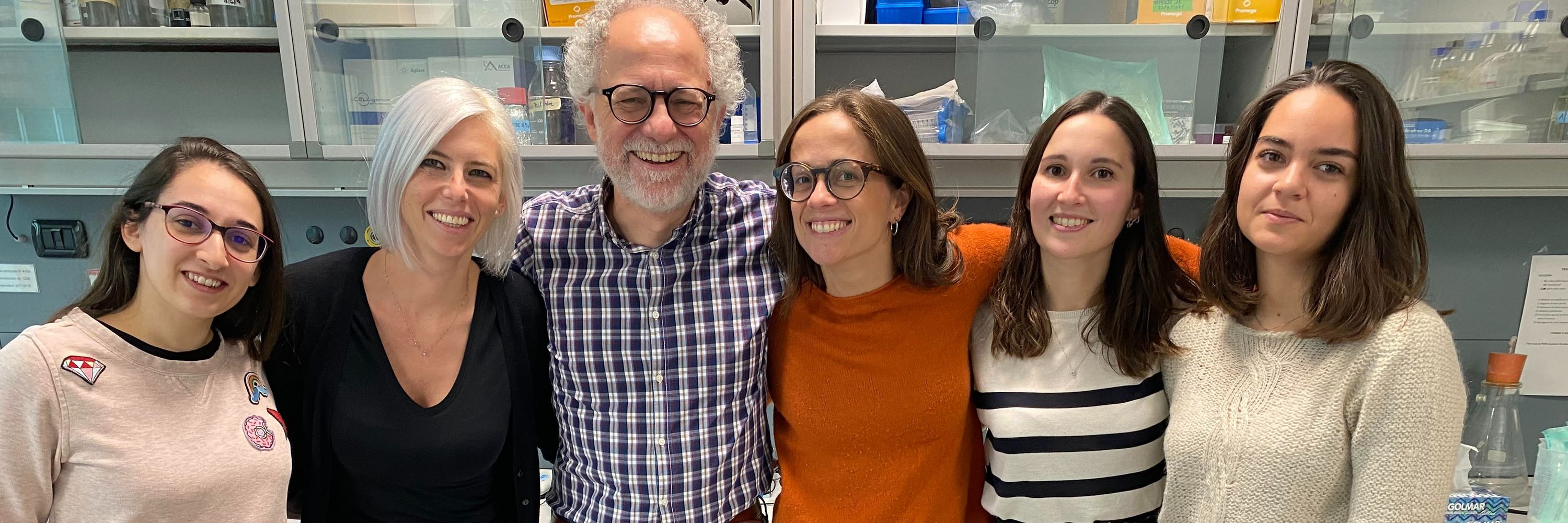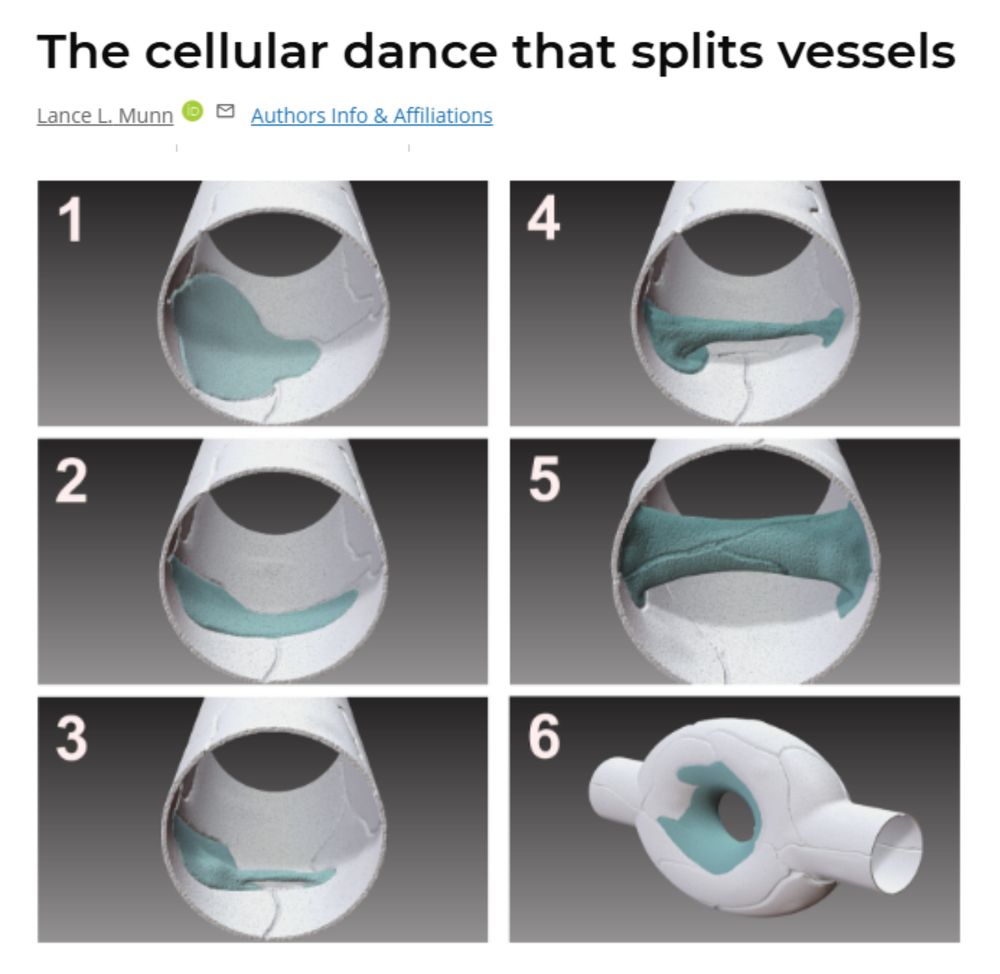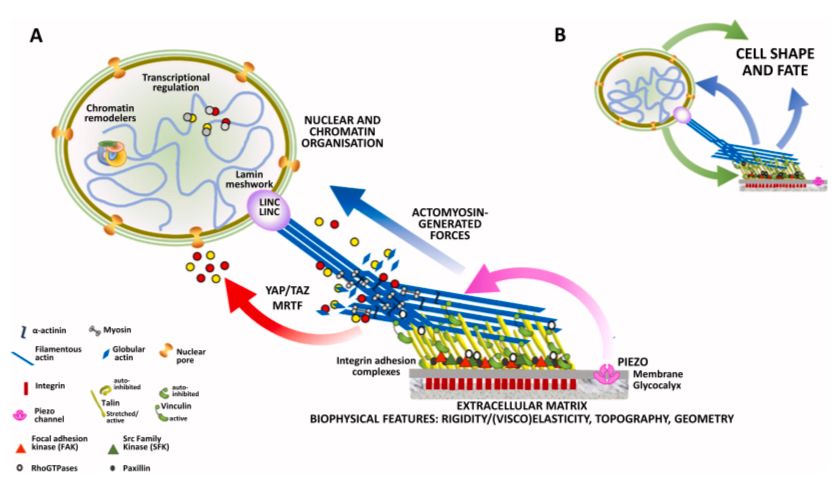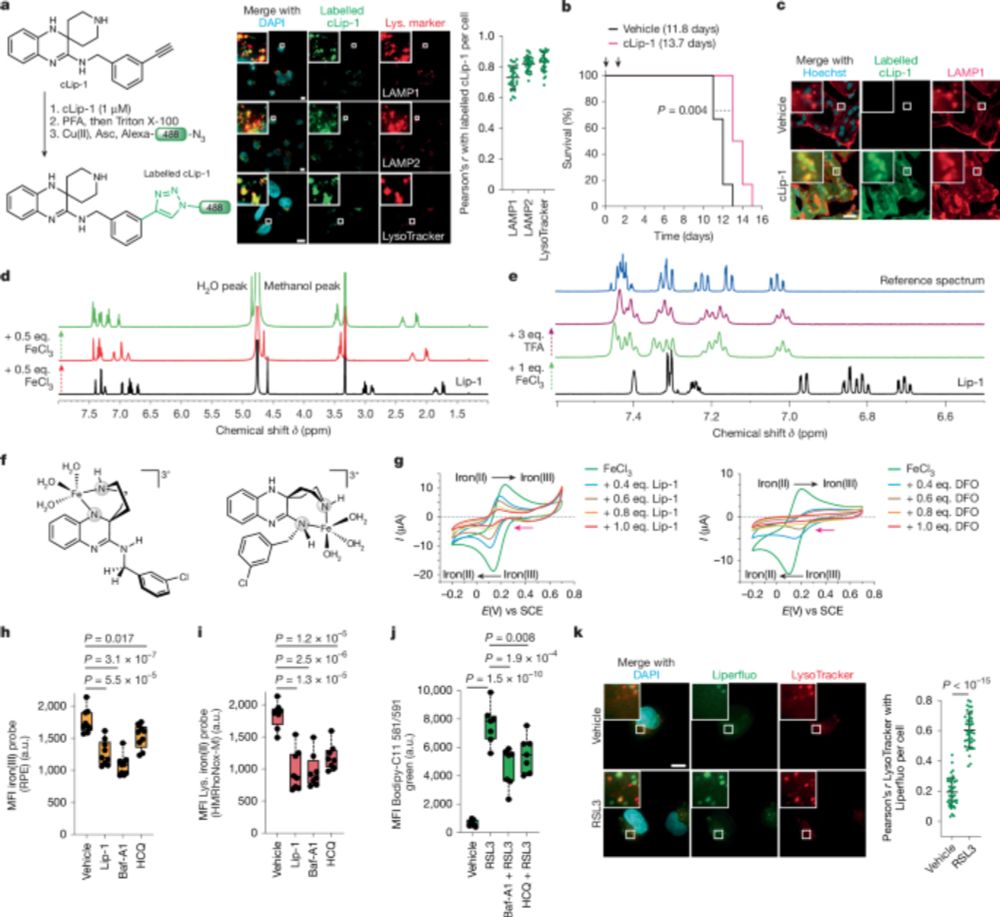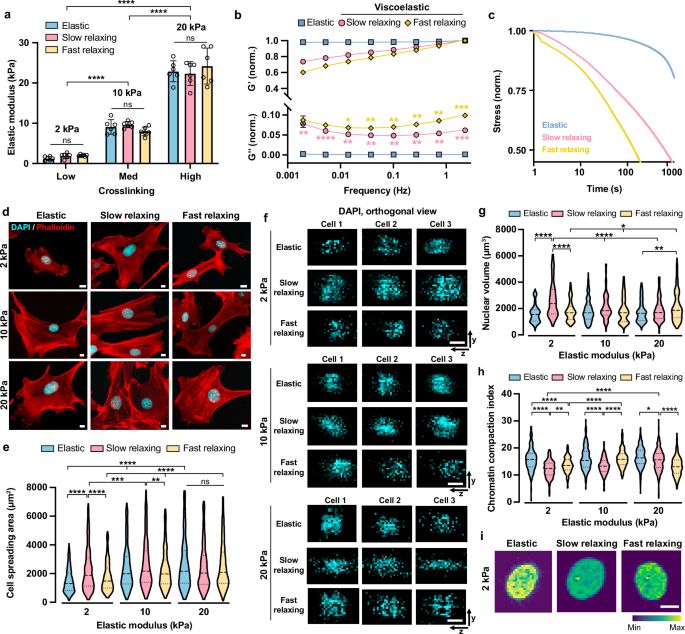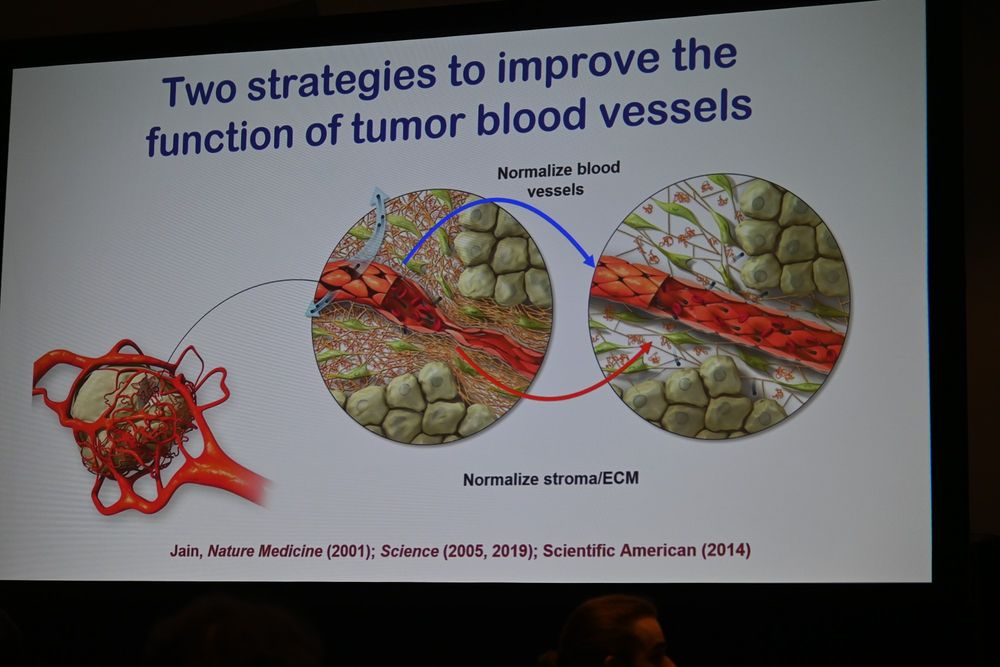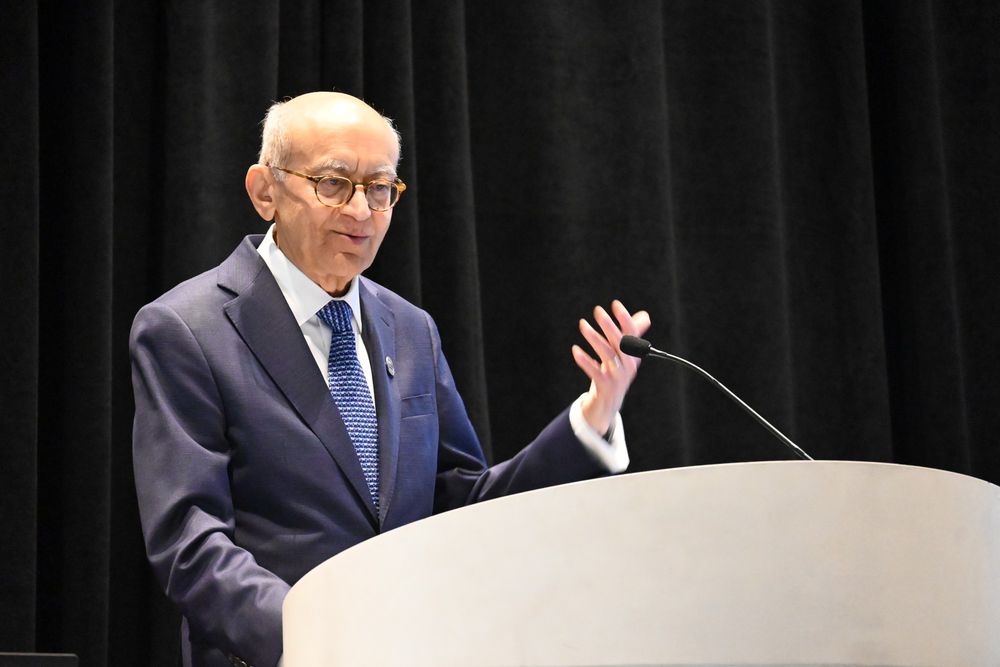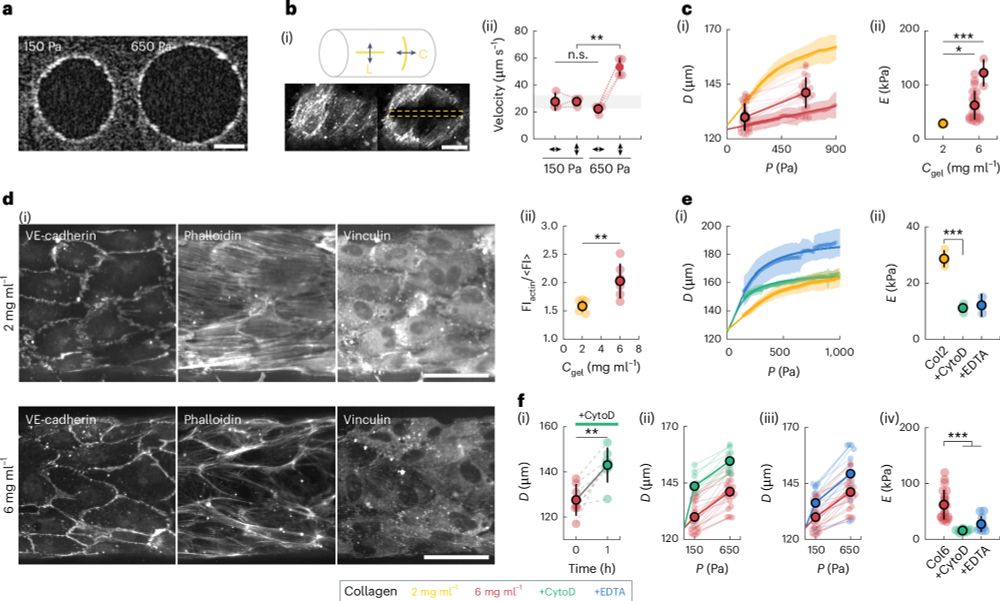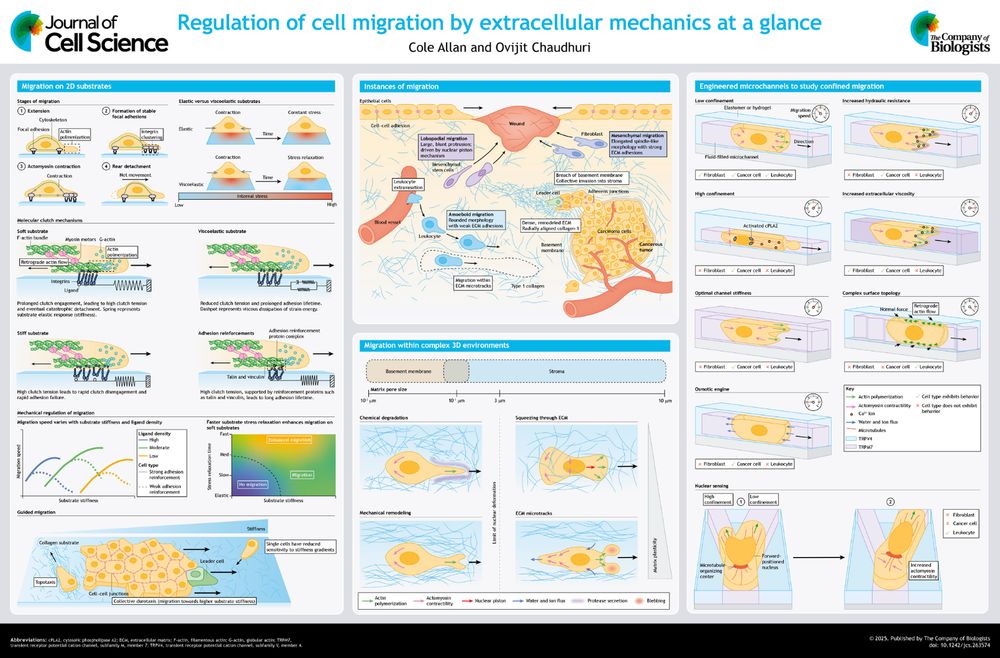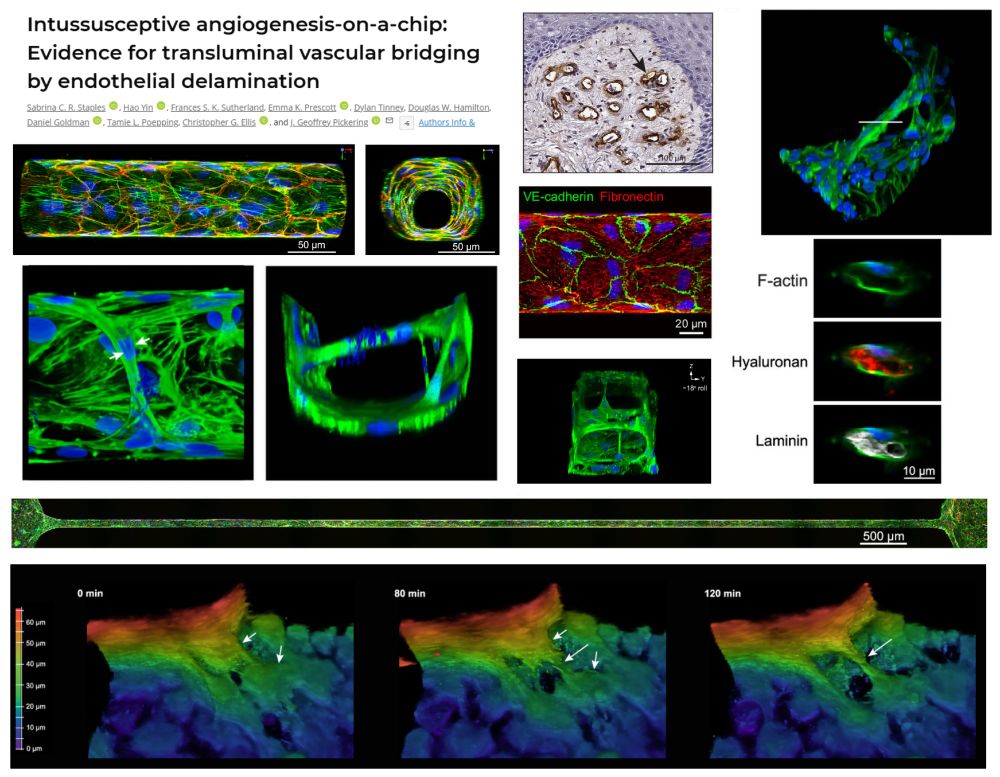Serini Lab
@adhynamic.bsky.social
150 followers
190 following
7 posts
Our lab aim is to grasp the molecular mechanisms by which cells adhere to and move through the body environment in cancer, vascular and rare genetic diseases.
https://www.dep-oncology.unito.it/do/docenti.pl/Show?_id=gserini#tab-profilo
Posts
Media
Videos
Starter Packs
Pinned
Reposted by Serini Lab
Reposted by Serini Lab
Reposted by Serini Lab
Reposted by Serini Lab
PLOS Biology
@plosbiology.org
· Aug 5
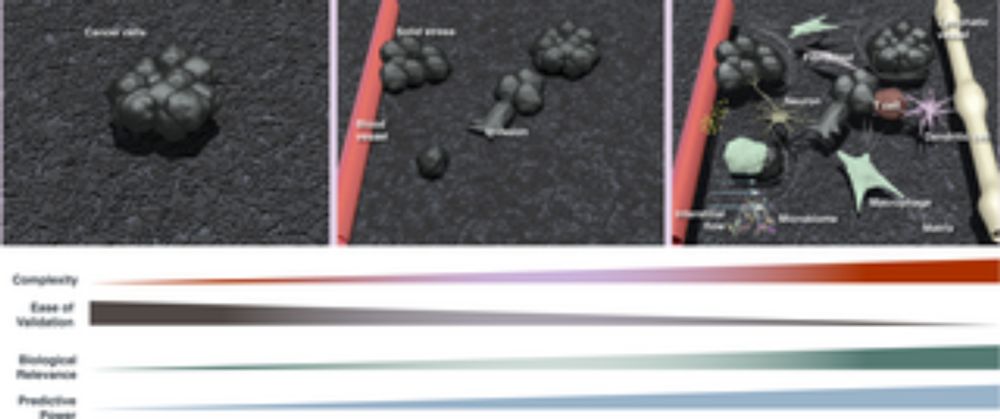
Challenges and opportunities for the next generation of computational tumor models
Mathematical models have become essential tools for exploring the complex interplay between cancer cells and their microenvironment, but require multidisciplinary expertise and abundant biological dat...
plos.io
Reposted by Serini Lab
Reposted by Serini Lab
Nature
@nature.com
· Jun 4
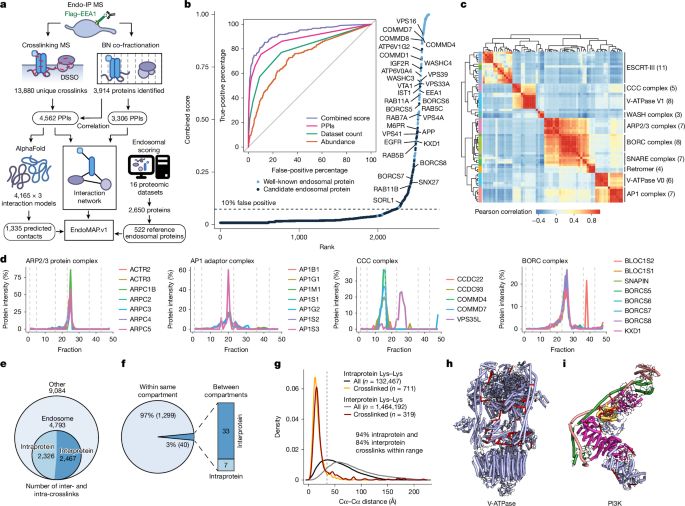
EndoMAP.v1 charts the structural landscape of human early endosome complexes - Nature
A study presents EndoMAP.v1, a resource that combines information on protein interactions and crosslink-supported structural predictions to map the interaction landscape of early endosomes.
go.nature.com
Reposted by Serini Lab
Reposted by Serini Lab
Reposted by Serini Lab
Serini Lab
@adhynamic.bsky.social
· May 20
Reposted by Serini Lab
Reposted by Serini Lab
Perrimon Lab
@perrimonlab.bsky.social
· May 9
Reposted by Serini Lab
Reposted by Serini Lab
Barbara Marte
@barbmarte.bsky.social
· May 7
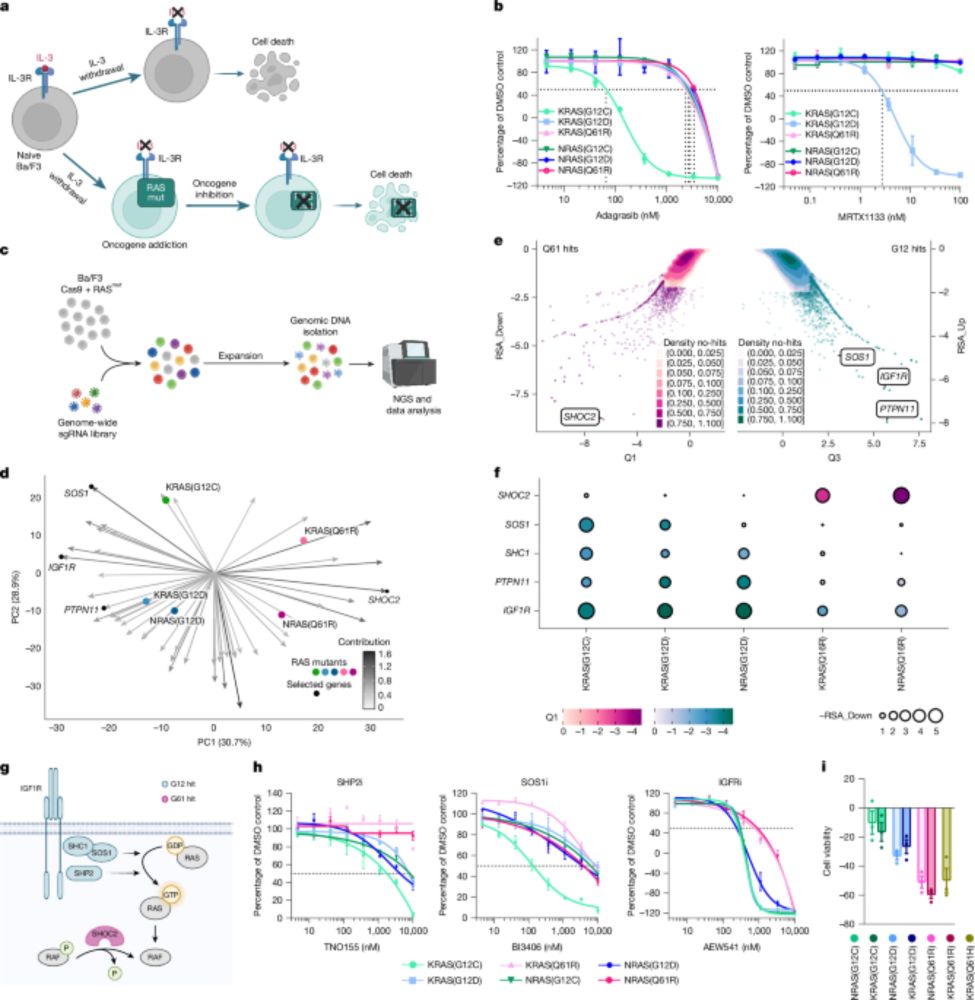
Targeting the SHOC2–RAS interaction in RAS-mutant cancers - Nature
A study of dependencies associated with cancer-causing mutations has identified a small molecule that binds to SHOC2 and inhibits RAS signalling in cells carrying NRAS Q61 mutations, a common onc...
www.nature.com
Reposted by Serini Lab
JungmannLab
@jungmannlab.bsky.social
· May 7
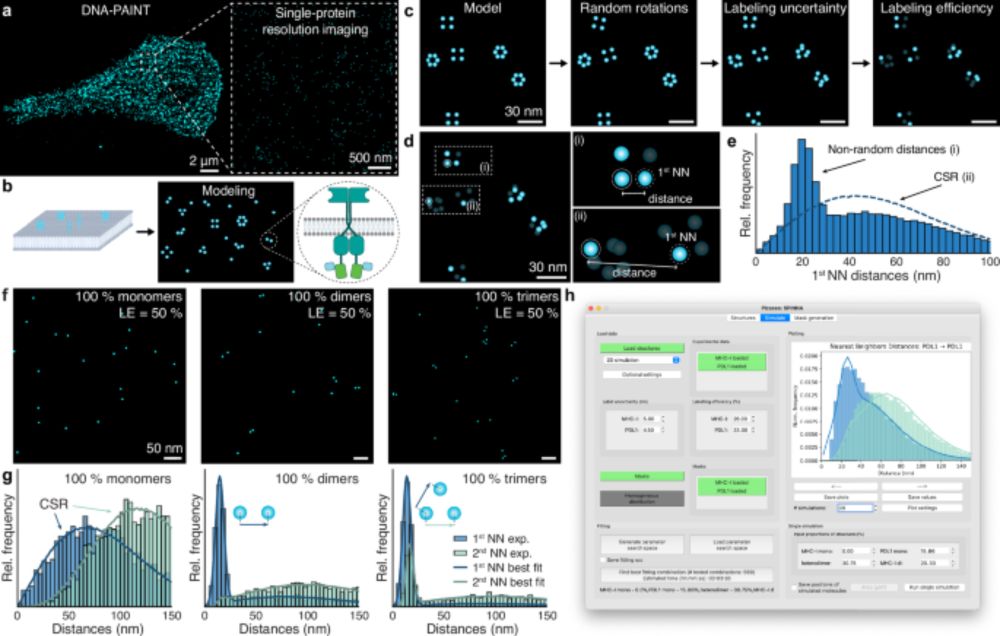
Spatial and stoichiometric in situ analysis of biomolecular oligomerization at single-protein resolution - Nature Communications
Extracting quantitative information on biomolecular oligomerisation with high resolution remains a significant challenge. Here, the authors propose SPINNA, a framework that compares nearest-neighbour ...
www.nature.com
Reposted by Serini Lab
Reposted by Serini Lab
Reposted by Serini Lab
Cell Reports
@cp-cellreports.bsky.social
· Apr 18
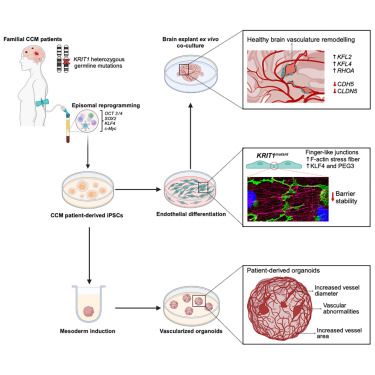
KRIT1 heterozygous mutations are sufficient to induce a pathological phenotype in patient-derived iPSC models of cerebral cavernous malformation
Arce et al. show that KRIT1 heterozygous mutations drive cavernoma-like structures in vascularized organoids and alter endothelial cell-cell junctions. KRIT1-deficient vascular cells reshaped brain vasculature through extracellular matrix organization, proliferation, and mesenchymal transition. The endothelial progenitor marker PEG3 was highly expressed in CCM patient-derived endothelial cells and patient cavernoma biopsies.
dlvr.it
Reposted by Serini Lab
Reposted by Serini Lab
